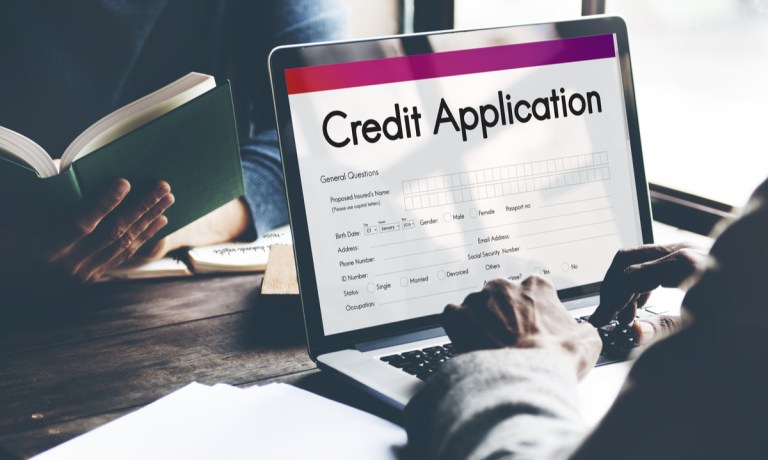The rejection rate of 21.8% was the highest level since June 2018, the Federal Reserve Bank of New York reported Monday (July 17) when releasing findings from its June Survey of Consumer Expectations (SCE) Credit Access Survey.
“The increase was broad-based across age groups and highest among those with credit scores below 680,” the New York Fed said.
The rejection rate increased for credit card limit increase requests, credit cards, mortgage refinance applications, auto loans and mortgages, according to the findings. The rate increased to 30.7%, 21.5%, 20.8%, 14.2% and 13.2%, respectively.
The rejection rate for auto loans — which rose from 9.1% in February to 14.2% in June — reached “a new series high,” the New York Fed said.
In addition, the average reported probability that a loan application will be rejected rose “sharply” for all loan types, and “the readings for auto loans, mortgages and credit card limit increase requests are all new series highs,” according to the findings.
Advertisement: Scroll to Continue
The application rates for credit varied in June. Overall, the application rate for any kind of credit declined from 40.9% in February to 40.3% in June — “its lowest reading since October 2022,” the New York Fed reported.
It varied among different loan types, though, with the application rates for auto loans and credit card limit requests declining, while those for credit cards, mortgages and mortgage refinances increased, per the report.
The Federal Reserve’s previous SCE, which was released in March, found that U.S. consumers were becoming less sanguine about their ability to obtain credit than they have been in almost a decade. Consumers also said that they expected inflation to only increase in a year’s time.
As PYMNTS reported in May, access to credit may be the key factor determining whether consumer spending will continue to be resilient.
A significant percentage of consumers are “credit marginalized,” meaning that they have been rejected at least once when applying for credit products in the past 12 months, according to “How Credit Insecurity is Changing U.S. Consumers’ Borrowing Habits,” a PYMNTS and Sezzle collaboration.

